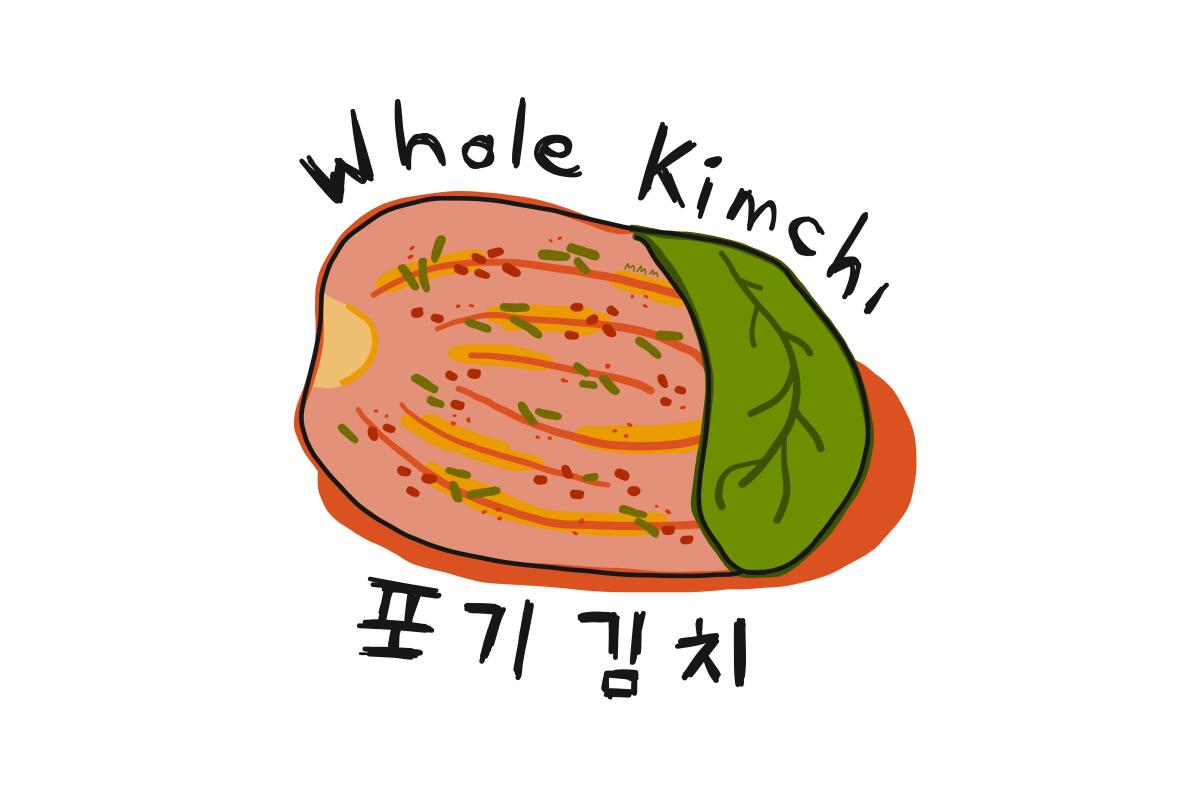The joy of making kimchi with Maangchi
- Share via
Love kimchi? Why not try making it at home?
That’s how Emily Kim, a.k.a. Maangchi, feels about it. She’s shared countless kimchi recipes on her popular YouTube channel, Cooking Korean Food With Maangchi, and that content isn’t just for show. It’s a way of life.
“I make it every other month,” Kim, 63, said from her home in New York City. “Making kimchi is actually so easy. My entire life, I’ve been making kimchi.”
When she first started making YouTube videos 13 years ago, Kim made kimchi in large quantities — just like she learned growing up in Yeosu, South Korea. Early on, she recalls, readers would tell her, “10 pounds is too much. Can you do one cabbage?”
“But one cabbage is three pounds,” Kim said. “You’re not going to be very satisfied with a small jar. Now, my readers make 20, 30, 40 pounds.”
And making it at home gives you the ability to tailor it to your taste.
“I like it very spicy, very red, with a lot of anchovy and fish sauce with heavy paste,” said Kim. “Make a lot, just like me.”

Many Korean family recipes are based on tradition, rather than precise instructions. They don’t fit on index cards, and details aren’t always shared freely, even within the family. Kimchi and other dishes are developed over time, through observation and trial and error — all in an effort to capture the taste of Mom’s home cooking or to live up to a discerning mother-in-law.
But Kim has never hesitated to share her knowledge and love of Korean cuisine, or hansik. She’s also been generous with her time, and through her cooking, Kim has helped people come closer to their Korean identity.
There is no template for the Korean experience.
Chef Kristen Kish, 36, was born in South Korea and adopted when she was 4 months old. She grew up in Michigan, where she says she was exposed to more Polish food influences than Korean.
“My mom would always introduce me to Korean exchange students and Korean dolls and would give me all the resources to learn about it. But there was such a disconnect, and I will admit there is still a disconnect to this day,” Kish said. “As an adult, I understand and I see it, and I understand that it is a part of me, but I don’t innately have some emotional attachment to it.”
After winning Season 10 of “Top Chef,” Kish was invited to join Kim to film a video for the PBS Asian American food and culture series, “Lucky Chow.” The concept, Kish said, was “Maangchi giving Kristen Kish the Korean adoptee a Korean cooking lesson.”
In a New York City test kitchen, the two met to make kimchi and cook japchae (stir-fried glass noodles with vegetables).
Kim was the “first truly Korean figure” to give her a proper Korean cooking lesson, Kish said, adding, “Immediately, I got very — and still to this day around Korean food get — insecure. I questioned my ability as a chef, and this was post-‘Top Chef.’ I’d just won and the world saw, and here I am, holding a knife, trying to cut carrots for kimchi and my hand is shaking because I’m so nervous.”
That insecurity with preparing Korean food was paralyzing, Kish said. But after the two spent time together, Kish’s paralysis was overcome by Kim’s kindness.
Before they parted, Kim handed Kish a pink silk purse with roasted sesame seeds and a bag of dried Korean chiles.

“That was a very big moment for me, because she is a maternal Korean woman and she was basically engulfing me in acceptance and love and care,” Kish said.
Musician Michelle Zauner, who performs as Japanese Breakfast, also recalls how Kim and her cooking lessons helped her feel more connected with her Korean identity.
In 2018, Zauner wrote an emotional essay in the New Yorker, “Crying in H Mart,” about her grief following the death of her mother. As a biracial Korean American, Zauner, 31, wrote that her Korean mother was “my access point for our Korean heritage.” (She’s turned that essay into a forthcoming memoir about the bond she shared with her mother over Korean food, her grief and how she reclaimed her identity.)
When Zauner’s mother was sick, a Korean caretaker came to live with the family. The caretaker made her mother jatjuk, a pine nut porridge.
“She sort of took over the caretaking process, and I think psychologically, that was a real confrontation for me not to be able to cook for my mom the way she cooked for me,” Zauner said. “I felt like a fake, or I couldn’t be there for her, like I wasn’t Korean enough to make this kind of stuff.”
Zauner looked up a recipe for jatjuk after her mother died and found Maangchi’s recipe.
“I always felt this gratitude and indebted to Maangchi. It was such a therapeutic thing for me to finally make this dish that I felt like I would never be able to know how to make,” Zauner said. “Maangchi was this figure that made this thing that, weirdly, is this mysterious thing that’s hidden and passed on from your family. It’s rare to have someone open with their knowledge.”
Zauner celebrated her 30th birthday with Kim.
“I ate her kimchi, and it was so good,” she said.

During these COVID-19 pandemic times, Kim says her thoughts have been with her readers and followers who may be struggling. She’s wondered how she might help; for her, that means developing more delicious and inexpensive recipes with them in mind.
“All of this is coming from love. I feel the pain when they’re losing jobs and staying home, but they have to feed their family,” Kim said. “I like to make food with love.”
More to Read
Eat your way across L.A.
Get our weekly Tasting Notes newsletter for reviews, news and more.
You may occasionally receive promotional content from the Los Angeles Times.










